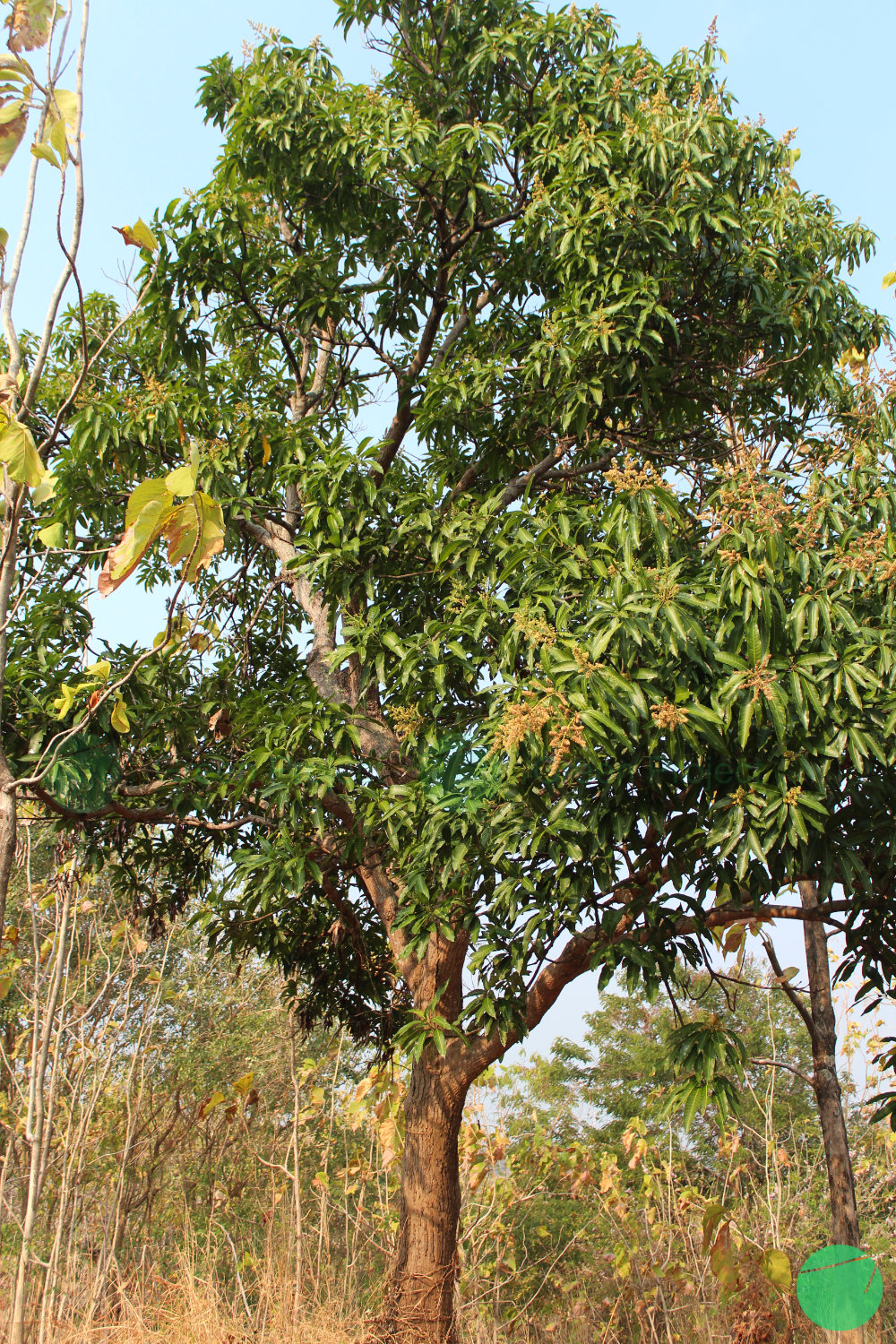Indonesia is one of the largest producers of mangoes in the world, with the fruit being widely cultivated throughout the country. According to a Statista report, Indonesia produced around 2.86 million metric tons of mangoes in 2021, making it one of the largest mango producers in the world.
Several types of mangoes that are generally grown in Indonesia include Arumanis, Gedong Gincu, Manalagi, and Harum Manis (Luxury Lifestyle in Indonesia | Indonesia Tatler). Arumanis mango is known for its sweet and juicy flesh, while Gedong Gincu mango has a reddish color and is slightly sour. According to a report by the International Society for Horticultural Science, Indonesia exported the most mangoes to Taiwan, Singapore, and Brunei Darussalam in 1995, with a total volume of 694 tons. However, in the same year, Indonesia also imported 45 tons of mangoes from Thailand and Australia.
The main mango-producing provinces in Indonesia are East Java, South Sulawesi, Southeast Sulawesi, West Nusa Tenggara, East Nusa Tenggara, and East Kalimantan (Statista). Pasuruan Regency in East Java is the largest mango production center in the province with a contribution of 21.1% of total production.
According to a report by the International Society for Horticultural Science, East Java is the main mango-producing province in Indonesia, followed by South Sulawesi, Southeast Sulawesi, West Nusa Tenggara, East Nusa Tenggara, and East Kalimantan. The report also states that mango cultivation in Indonesia is mostly carried out by small farmers using traditional methods, through the use of limited modern technology and inputs.

Mango trees in Indonesia usually grow in mixed gardens with fruit trees or other plants, and are often intercropped with vegetables, nuts, or cereals. Mango trees in Indonesia are usually propagated by seed, although grafted trees are becoming more popular (MANGO PRODUCTION AND INDUSTRY IN INDONESIA | International Society for Horticultural Science). Mangoes in Indonesia are harvested manually, and the fruit is usually sold fresh in local markets or processed into various products such as juice, jam or dried fruit.